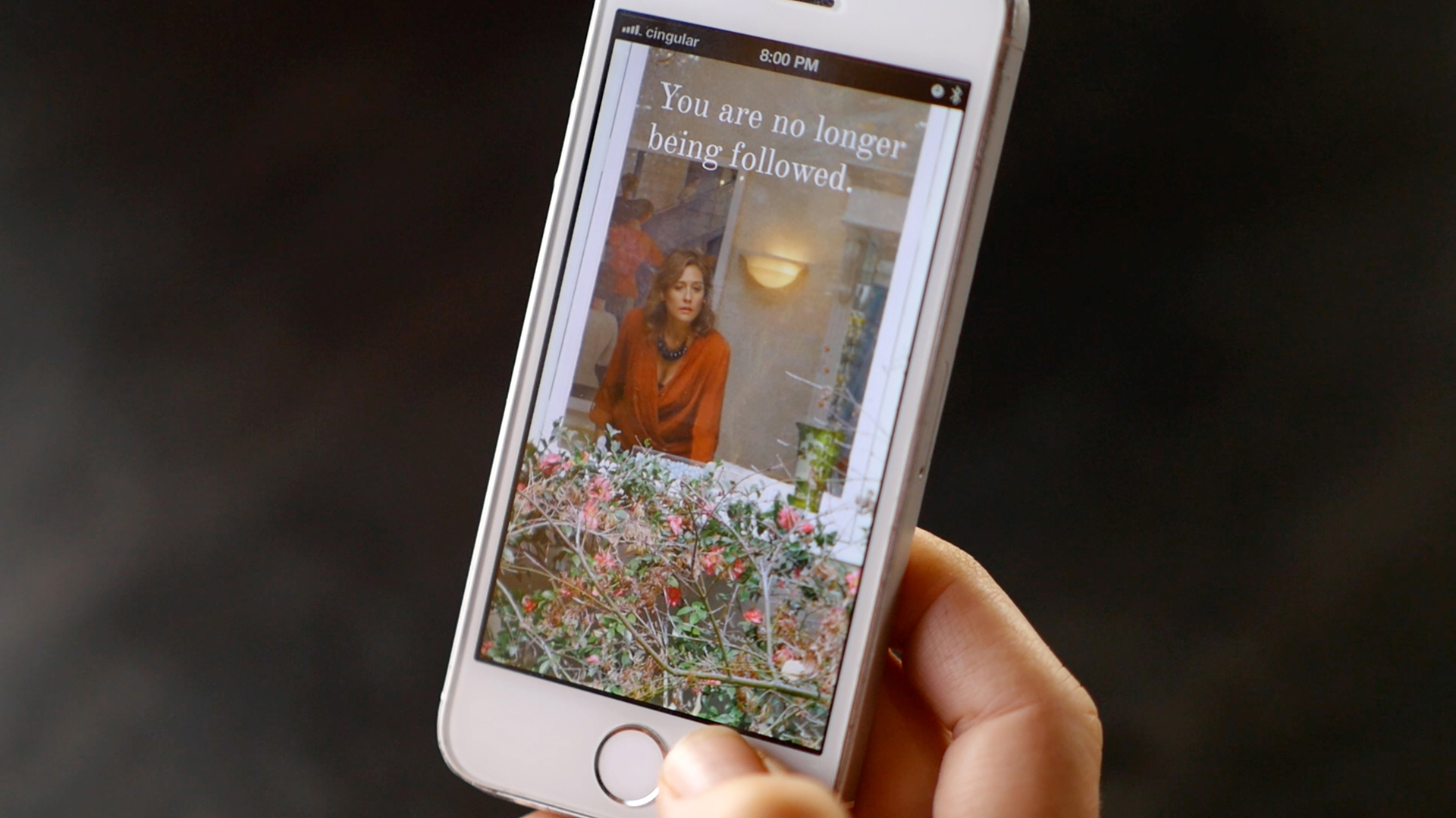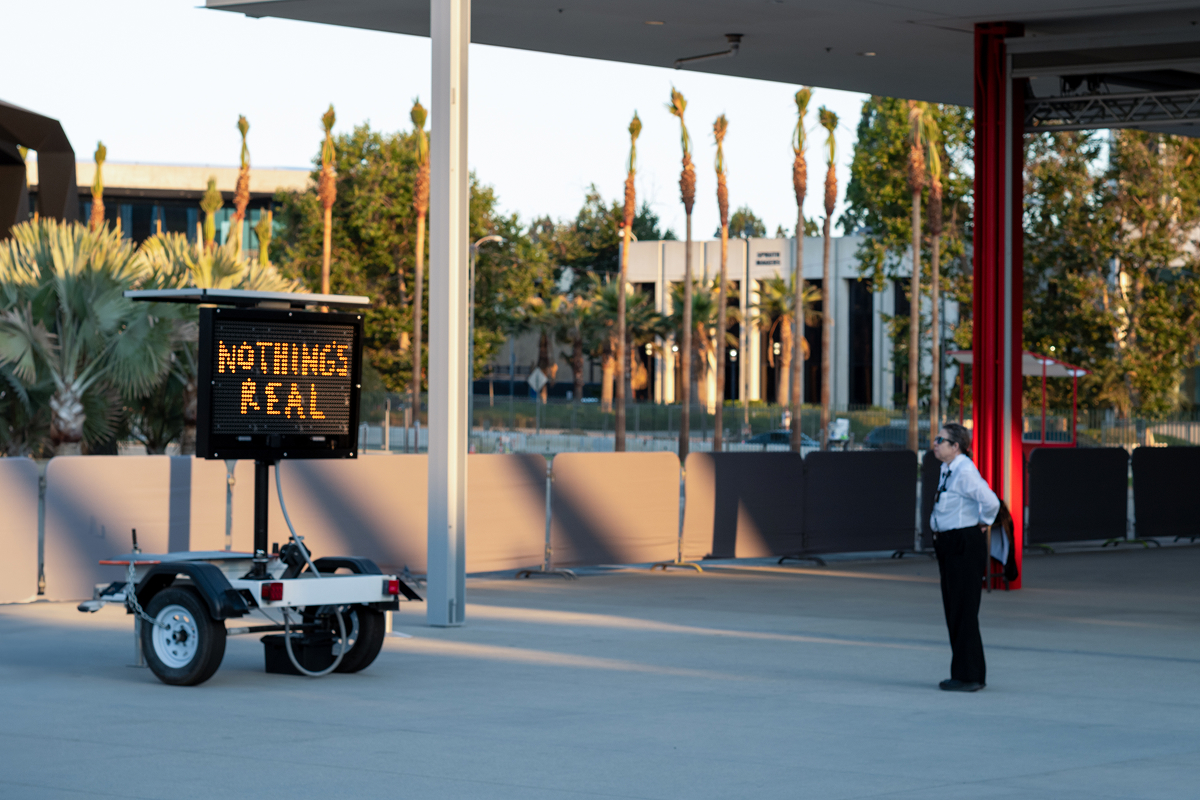Anika Meier. Artists like Steyerl and Paglen have visualized the hidden architectures of power. Your work instead often performs within those systems: through code, social platforms, or AI interfaces. Why is performing from within the system meaningful to you?
Lauren Lee McCarthy. By inhabiting the system itself, I gain a deeper understanding of its complexity. I can feel the edges where my human impulses rub against something more mechanical. In situating myself inside the apparatus, I’m able to take it over to some extent, to infiltrate, to utilize the patterns of the system toward different goals. The outputs of this work question our assumptions as to how technology and people should behave.
Anika Meier. Your practice is often described as both critical and deeply empathetic. How does feminist thinking inform the way you frame intimacy, care, and agency in technological environments?
Lauren Lee McCarthy. I understand technology as relational rather than neutral. I believe care can be a form of resistance. Can we create systems that enable us to listen to each other, that make room for vulnerability? The intimacy in my work becomes a method for critical examination: by revealing how technologies touch us, we are able to question who they serve and what kinds of futures they enable.

Lauren Lee McCarthy, Good Night, 2021.
Anika Meier. You’ve witnessed the evolution of art and technology from the early days of social media art to the current AI boom. How has the discourse changed, and what do you think younger artists should remember from those earlier, perhaps more idealistic, years?
Lauren Lee McCarthy. There was a sense in the early days that the internet belonged to everyone. Artists felt free to build their own sites, make new tools, hack existing systems. Now technology has become more proprietary and more opaque. Despite this, we don’t need to buy the narrative fed to us by corporations that the technology is too complex for us to understand. Artists can and should reappropriate, misuse, subvert, invent, and reimagine. It’s the only way we might move toward a future we actually want to live in.
Anika Meier. As we move toward an increasingly automated and algorithmic world, what questions are you still asking as an artist? Where does your curiosity lead you next?
Lauren Lee McCarthy. The algorithmic world is a mirror; it reflects back how we understand and see ourselves. I’m always looking for the glitches that break us out of the feedback loop. Can we look to our connection with other humans and our environment to create a future that feels open and unexpected rather than automated and inevitable?






